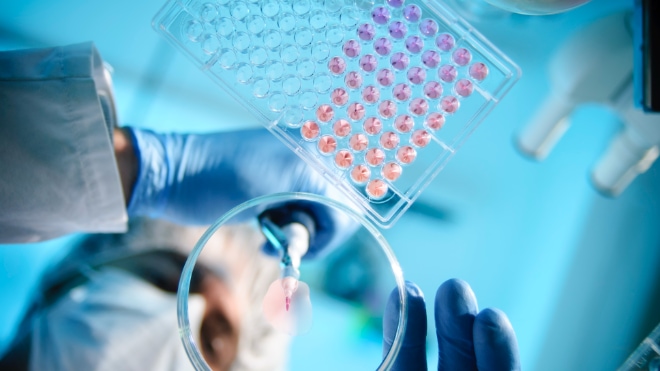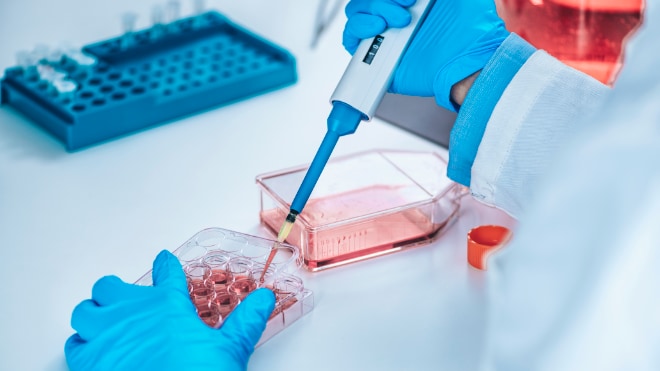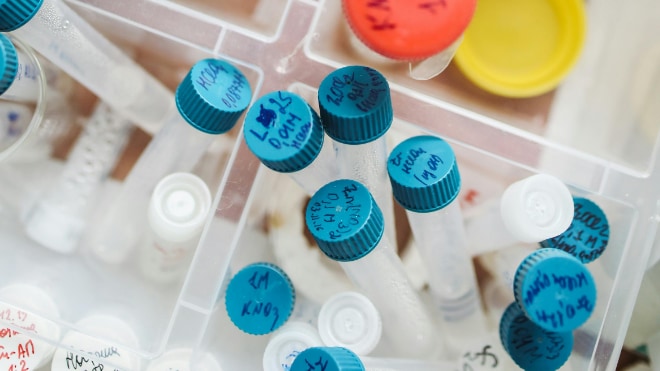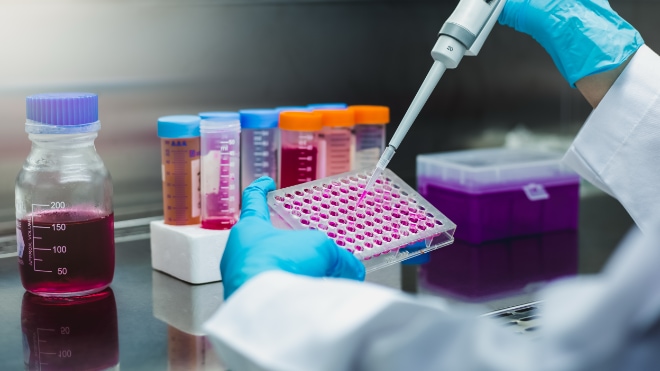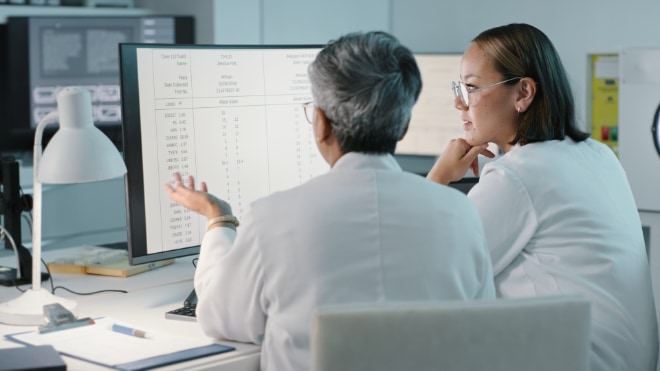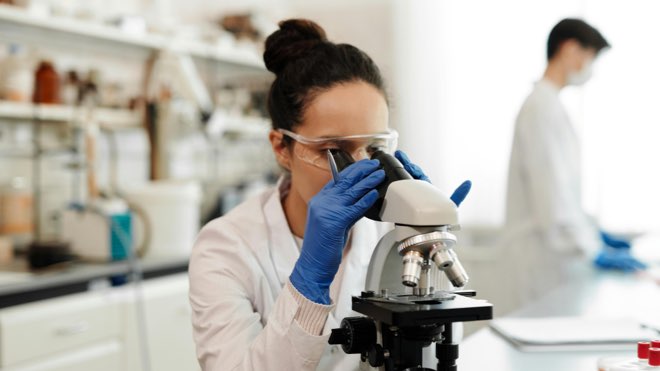
A Performance Evaluation Report (PER) is a cornerstone of any submission under the IVDR. In this series of articles, we break down the three major components of a PER and outline their purpose and requirements, starting with the Scientific Validity Report.
What is scientific validity?
Scientific validity is defined as the “association of an analyte with a clinical condition or a physiological state”
. It is a component of clinical evidence collection which is required for the performance evaluation of an in vitro medical device under the IVDR.
The evidence to prove scientific validity is presented in the Scientific Validity Report (SVR), a supporting document for the PER.
‘Performance evaluation’ of an in vitro medical device is an assessment and analysis of data to establish or verify the scientific validity, analytical and, where applicable, the clinical performance of a device (Source: EU IVDR 2017/746. Section 1, Article 2 (44)).
Establishing the scientific validity of an analyte is the first and most important step when generating the argument as to why an IVD is considered to be state of the art and suitable to fulfil its intended purpose.
What type of evidence is required to establish scientific validity?
In order to demonstrate scientific validity, guidance has been provided on the potential sources of source(s) of information to be used:
- Information on IVD medical devices that measure the same analyte and with the same intended use that have marketing history (e.g. Instructions for Use).
- Systematic literature review: peer reviewed articles, regulatory guidance documents, conference proceedings, etc.
- Review of expert opinions: textbooks, clinical guidance documents, position statements from academic and professional organisations.
- Results from proof of concept studies: smaller scale scientific studies to identify the fundamental association of the analyte with the clinical condition/physiological state.
- Results from clinical performance studies.
What should be included in the systematic literature review?
A state-of-the-art literature review, according to MedDev 2.7/1 Rev 4, describes what is currently and generally considered to be standard of care or best practice for the medical condition or treatment for which the device is used. The systematic literature review will be used to find data to evidence the state of the art, in accordance with the intended purpose of the IVD under evaluation.
This literature search should include information on the medical conditions associated with the test, the alternative diagnostic options available, the target populations for the test as per the intended purpose, any risks associated with the technology used and specific details about the analyte and the test.
A systematic literature search for competitor devices is also necessary in order to determine performance outcomes which can be used to determine acceptance criteria, against which the subject device will be compared.
The evidence for scientific validity has to be appraised for its relevance and quality, with references, justifications and conclusions and presented in a Scientific Validity Report (SVR).
What if my analyte or assay has a well-established connection to a clinical condition?
The definition of performance evaluation given above mentions the requirement to ‘establish or verify’ the scientific validity. This means that if the analyte has a well-established and recognised association with a clinical condition (e.g. the association of haemoglobin levels with anaemia), there will be no need to provide as much evidence as perhaps a new analyte, or a new intended purpose.
According to guidance from the notified body BSI, for well-established assays, a description of clinical guidelines or published evidence will be enough. However, with a newly developed analyte which perhaps has limited published evidence, there may be a need for the manufacturer to provide their own evidence, such as proof-of-concept studies or clinical performance studies.
Do all IVDs require scientific validity to support clinical evidence?
If the device under evaluation is Class A or a calibrator, it may not require the demonstration of scientific validity. If the device does not perform the test itself, it will be necessary to explain and justify, in the Performance Evaluation Plan (PEP), why scientific validity is not applicable for this specific device. It will, however, be necessary to explain that the scientific validity of the associated assay is valid. Therefore, an SVR is needed to describe the association of the analyte for the assay(s) it is supporting.
In summary
Scientific Validity is a crucial component of the clinical evidence required under the IVDR. It provides the clinical background and context for the environment in which the IVD operates and is necessary to determine performance criteria against which to compare the IVD under evaluation. A methodical, detailed and documented approach to the state-of-the-art literature review will result in a well-evidenced and robust claim of scientific validity.
Need further information on producing a Scientific Validity Report? Contact Mantra Systems for a free, impartial and no obligation discussion with a member of our team.

